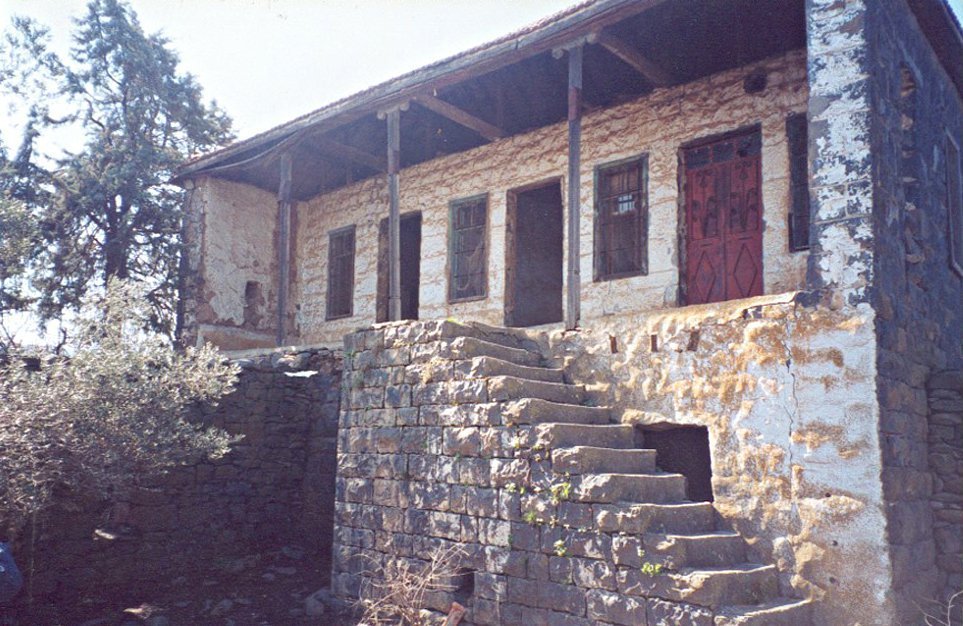To Download the full paper please click here.
EXECUTIVE SUMMARY
The Circassians are an ethnic group originally native to the Northwest Caucasus region until they were driven out of their land by Russian conquest in the late 19th century, after which the Circassians resettled in agricultural communities in parts of the Ottoman Empire. In Syria, their communities were concentrated in the Golan Heights in the south-western parts of Syria, including Quneitra city and several surrounding villages. For many decades, the Circassians revived their heritage and lifestyle and became the largest ethnic minority group in southern Syria. In 1967, following the Six-Day War, the Circassians were yet again forcibly expelled from their homes; the Israeli Army bulldozed many villages and Quneitra city was never rebuilt, even after its return to Syrian control following the October 1973 war. Circassians became internally displaced people in Damascus or left abroad mainly to the United States following an offer by the United States government to move them to Paterson, New Jersey throughout the 1970s and 1980s. These periods of displacement made it difficult for the Circassians to maintain their traditions and sense of cohesiveness. In the Golan Heights, only two Circassian villages survived and were under Syrian control: Bir-Ajam and Breiqa. A minor attempt to reconstruct these communities took place at the end of the 1970s; however, it did not encourage many Circassians to return. By 2011, these two villages were home to around 5,000 inhabitants, as well as serving as a destination for Circassian cultural activities. These latest inhabitants were displaced after November 4, 2012, due to the Syrian Army’s military operation against anti-government rebels. Many of these inhabitants and Syrian Circassians fled to neighbouring countries, Europe, and the Russian Federal Republics in the Caucasus (mainly The Karachay-Cherkess Republic, The Kabardino-Balkar Republic and The Republic of Adygea). This paper aims to explain the tangible and intangible cultural heritage of the Circassians in Syria within the historical and current contexts of displacement, integration, and diaspora. Additionally, it will examine internet-based initiatives by Syrian Circassians to preserve their rural architectural heritage in Bir-Ajam and Breiqa. This exploration will illustrate the importance of the Circassian heritage to the displaced society as well as the role of social media documentation in preserving this endangered heritage and people’s memories.
This paper was presented at the fourth Lemkin Reunion, held in February 2018 and organized by the Shattuck Center at the School of Public Policy, Central European University in Budapest.
To Download the full paper please click here.
 The Aleppo Project
The Aleppo Project
Join the conversation
You must be logged in to post a comment.